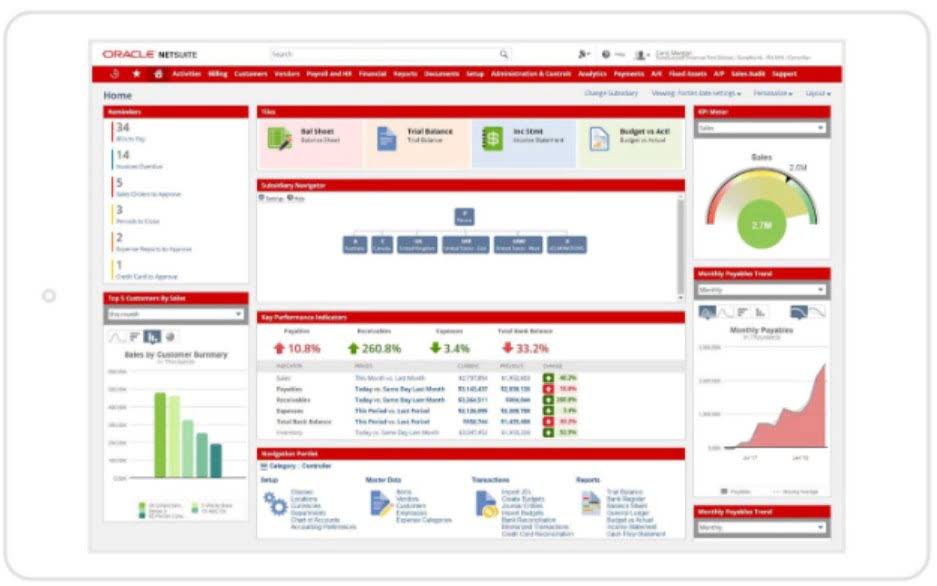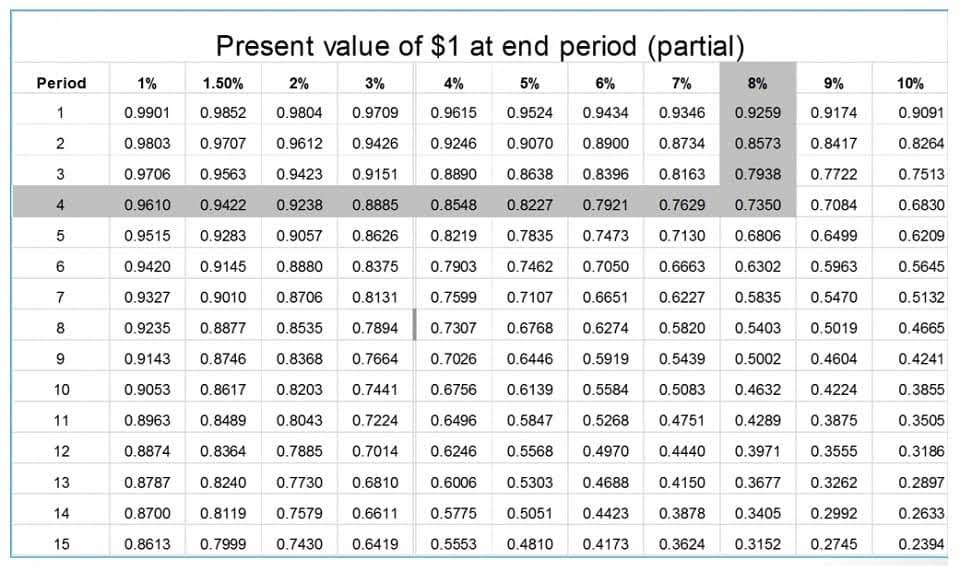Plantwide Overhead Rate What Is It, Formula, How To Calculate?

Product costing can be extremely helpful in managerial decision-making, and its prime use is related to product costing and job order costing. So, it’s advisable to use different absorption bases for the costing in terms of accuracy. Detailed cost analysis helps to estimate the cost of overheads with accuracy.

Expense Review and Management
Estimating the total amount of the chosen allocation base for the upcoming period is also necessary, often based on production forecasts or historical activity levels. The formula seems simple – total overhead costs divided by an allocation base like direct labor hours. However, accurately calculating overhead rates involves breaking down costs and choosing the right allocation base.

What is the Predetermined Overhead Rate Formula?
For instance, knowing estimated product costs allows for competitive pricing strategies without waiting for all actual costs to be finalized. It also ensures that inventory values on financial statements include an appropriate share of indirect costs, which is a requirement under IRS regulations. As the production head wants to calculate the predetermined overhead rate, all the direct costs will be ignored, whether direct cost (labor or material). The overhead rate of cutting department is based on machine hours and that of finishing department on direct https://cheartcare.com/gusto-login-access-payroll-hr-services-securely-5/ labor cost. According to a survey 34% of the manufacturing businesses use a single plant wide overhead rate, 44% use multiple overhead rates and rest of the companies use activity based costing (ABC) system.
- This method helps in maintaining accurate and up-to-date cost information, which is essential for setting product prices, controlling costs, and analyzing profitability.
- The resulting figure, 20%, represents our company’s overhead rate, i.e. twenty cents is allocated to overhead costs per each dollar of revenue generated by our manufacturing company.
- If you applied more overhead than you actually incurred, that’s an over-applied overhead.
- Dorothy’s Hat Company computed a predetermined overhead rate based on annual machine hours.
- This means the manufacturing overhead cost would be applied at 220% of the company’s direct labor cost.
Examples Using Direct Labor Hours and Machine Hours

In larger companies, each department in which different production processes take place usually computes its own predetermined overhead rate. The formula for a predetermined overhead rate is expressed as a ratio of the estimated amount of manufacturing overhead to be incurred in a period to the estimated activity base for the period. The manufacturing plant requires 1000 labor hours to manufacture 500 units of a specific product, which we assume as product X. The same manufacturing plant also produces 1000 units of another product, which we call product Y, using 500 labor hours. Setting accurate predetermined overhead rates aids in better product costing and efficiency in financial operations, ensuring that all production costs are accounted for systematically.
- Businesses monitor relative expenses by having an idea of the amount of base and expense that is being proportionate to each other.
- Estimating the total amount of the chosen allocation base for the upcoming period is also necessary, often based on production forecasts or historical activity levels.
- It is calculated before the period begins and is used to assign overhead costs to production using an allocation rate per unit of activity, such as direct labor hours.
- It is used in cost accounting to estimate manufacturing overhead costs for a specific period.
- Implementing predetermined overhead rates involves key steps for accurate cost allocation.
Determining Estimated Overhead Cost
- By factoring in overhead costs in this manner, the company arrives at a more accurate COGS.
- The overhead rate for the packaging department is calculated by taking the estimated manufacturing overhead cost and dividing it by the estimated direct labor cost.
- Divide the estimated overhead by the estimated activity to determine the rate.
- This allocation can come in the form of the traditional overhead allocation method or activity-based costing..
- For example, if we choose the labor hours to be the basis then we will multiply the rate by the direct labor hours in each task during the manufacturing process.
- Manufacturing overhead costs include all manufacturing costs except for direct materials and direct labor.
When monitoring and controlling overheads, businesses need some standard, to compare actual overheads with, to understand whether the budget is being properly followed. In the absence of predetermined overhead rates, the business cannot compare actual expenses with any standard and, thus, cannot evaluate its actual performance. The period selected tends formula for predetermined overhead rate to be one year, and you can use direct labor costs, hours, machine hours or prime cost as the allocation base. Finally, if the business uses material costs as the activity base and the estimated material costs for the year is 160,000 then the predetermined manufacturing overhead rate is calculated as follows.
When making pricing decisions about a product, the management of a business must first understand what the costs of the product are. If the management does not consider the cost of the product when setting QuickBooks Accountant its price, then the price of the product may end up being too unrealistic. However, if the business sets the price of the same product as $1, without considering its cost, then the business will make huge losses on the product. Businesses should understand which overhead costs are fixed vs variable when budgeting and setting overhead rates. It’s a simple step where budgeted/estimated cost is divided with the level of activity calculated in the third stage.

